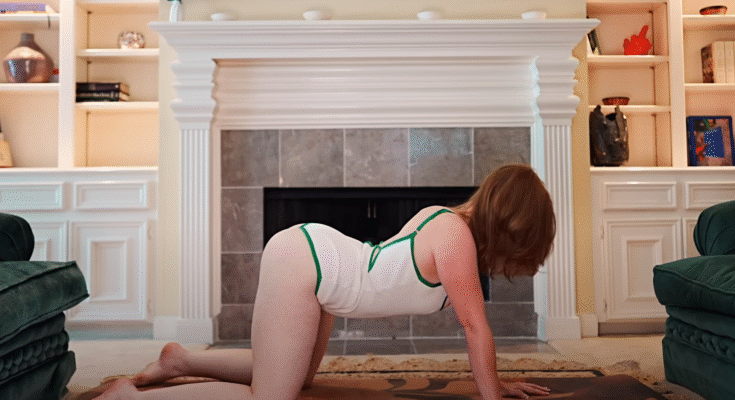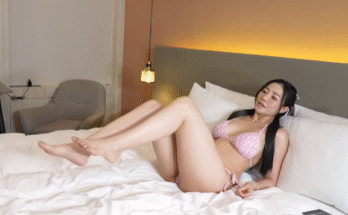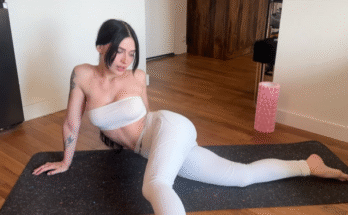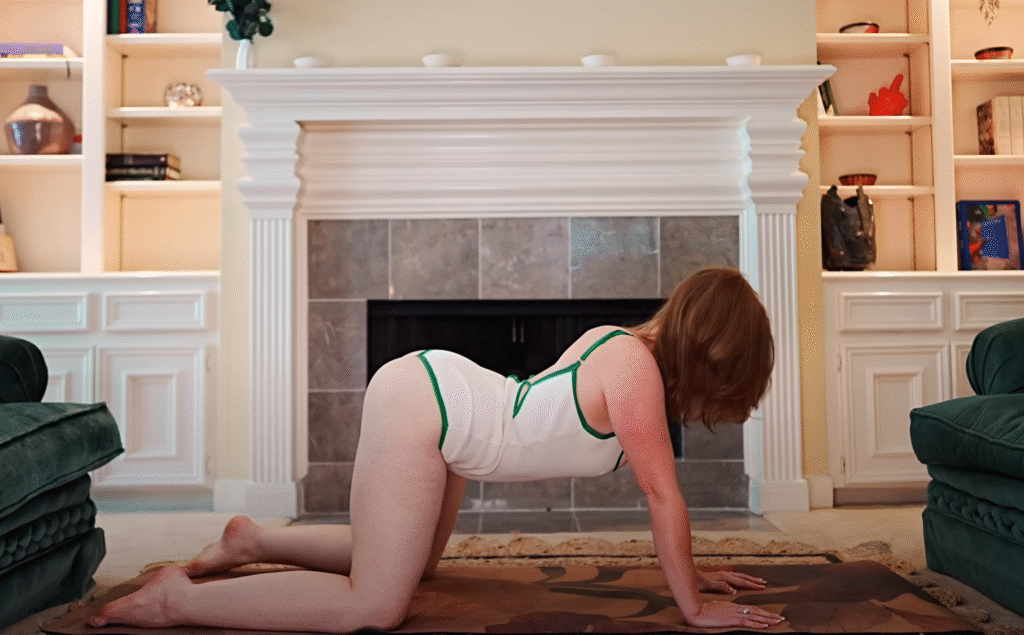
Flexibility is not something achieved overnight. It is cultivated gently, with patience, breath, and consistent practice. One of the most powerful areas of focus in yoga and body mobility work is the hips. Our hips carry tension from long hours of sitting, standing, walking, or even emotional stress. When tight, they limit our mobility and can cause discomfort in the lower back, knees, and even posture. But when we take time for slow stretching, we create deep hip flexibility that restores freedom of movement, balances our energy, and leaves us feeling lighter and more aligned.
This guide explores the philosophy and practice of Slow Stretching for Deep Hip Flexibility, designed to help you release tension, improve circulation, and expand your range of motion in a sustainable way.
Why Focus on Hip Flexibility?
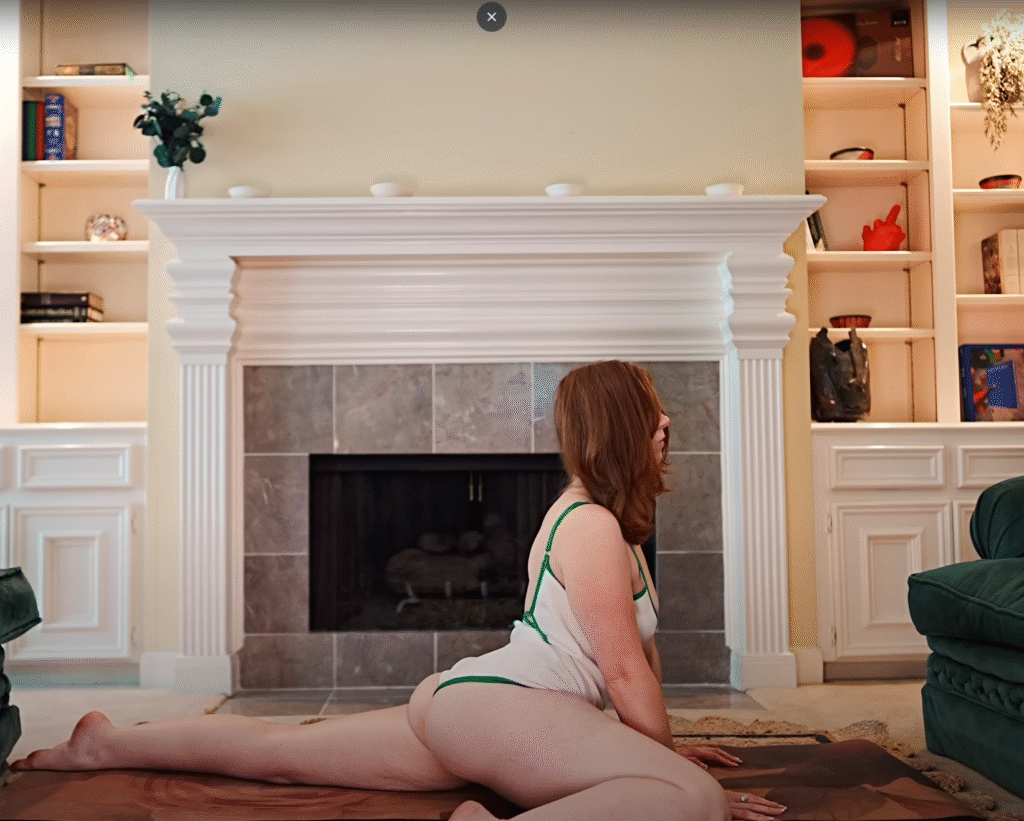
The hips are central to nearly every movement in the human body. They support us when we stand, walk, run, or sit. Modern lifestyles—especially hours spent at a desk or driving—tend to shorten the hip flexors (the muscles that connect your thigh to your pelvis), leading to stiffness and imbalances. Over time, this can cause:
- Lower back pain from misalignment
- Reduced athletic performance in running, cycling, or dancing
- Limited mobility in squats, lunges, or yoga postures
- Emotional stagnation, since hips are often called the “storage” place of emotions in yoga philosophy
Deep hip flexibility isn’t about forcing your body into extreme postures. Instead, it’s about slow, mindful stretching that respects your limits while encouraging safe expansion.
The Philosophy of Slow Stretching
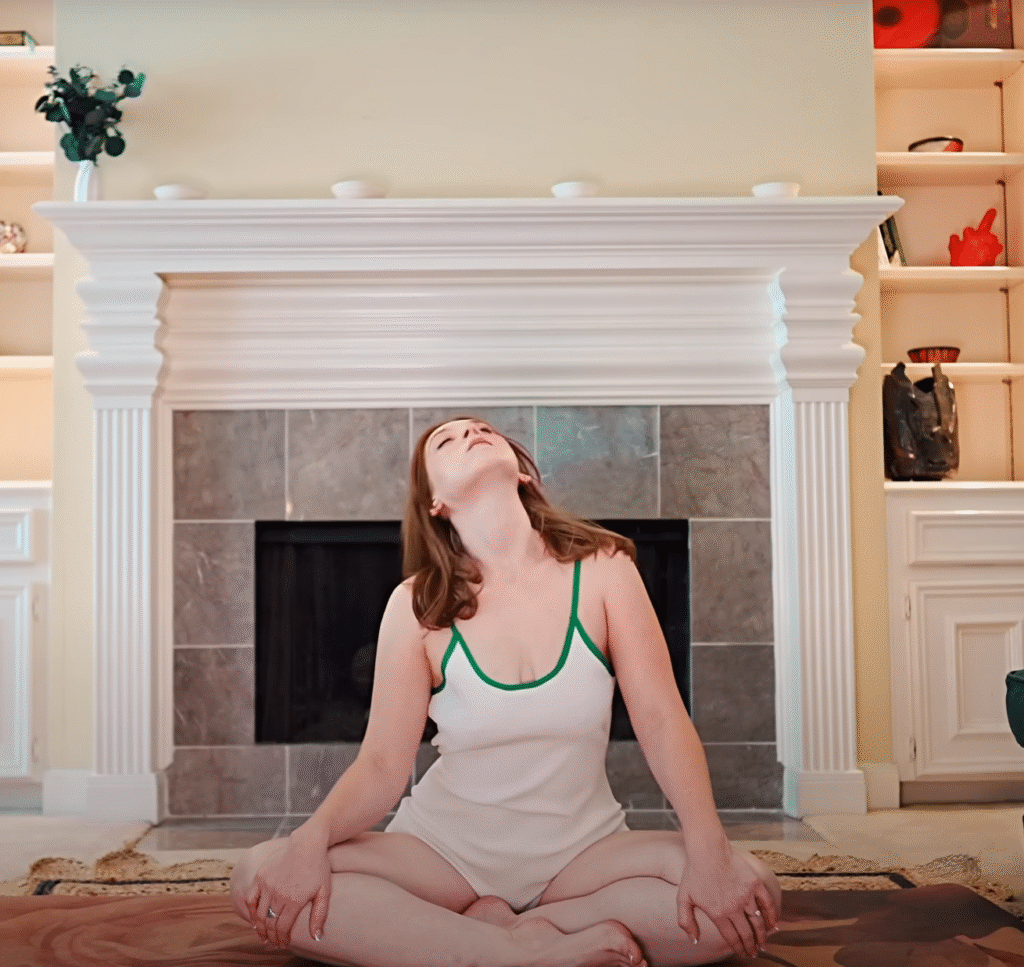
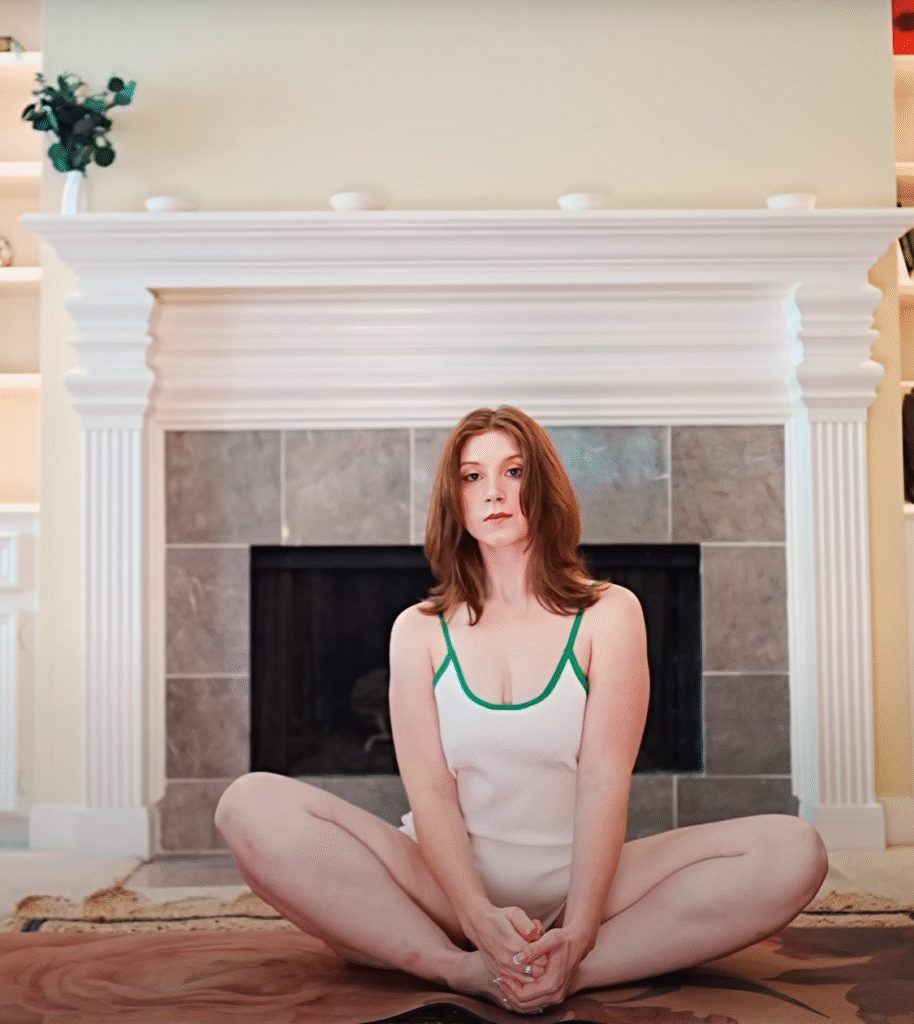
“Slow stretching” means moving into postures at a gentle pace, holding them longer, and breathing deeply into the sensation. Unlike quick dynamic movements, slow stretches allow your muscles and connective tissues to gradually release without strain.
Benefits of this approach include:
- Deeper Release: Muscles relax more fully when you hold postures with calm breathing.
- Injury Prevention: Slow practice avoids overstretching or sudden pulls.
- Mind-Body Connection: With time to notice sensations, you build awareness of your body’s patterns.
- Calming Effect: The nervous system relaxes, reducing stress and anxiety.
Preparing for Deep Hip Stretching
Before beginning, create a calm environment. Use a yoga mat, blocks or cushions, and perhaps a folded blanket. Warm up with a few minutes of gentle movement such as cat-cow stretches or light walking to increase circulation.
Most importantly, listen to your body. Never push to the point of pain. Discomfort that feels like resistance is normal, but sharp pain signals the need to ease back.
The Slow Stretching Hip Flexibility Sequence
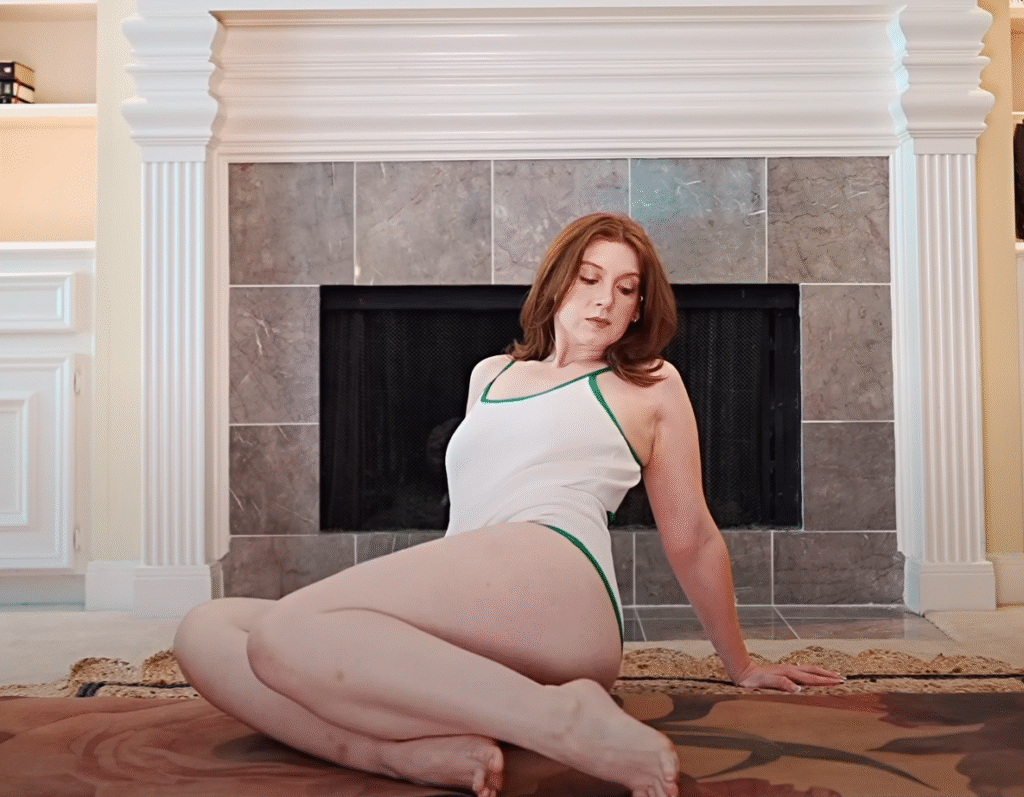
Below is a carefully designed sequence to increase hip mobility. It takes around 40 minutes when practiced slowly, but you can adapt it to your needs.
1. Seated Breathing & Awareness (2–3 minutes)
- Sit cross-legged on the mat.
- Place your hands on your thighs and close your eyes.
- Inhale deeply, exhale slowly, letting your body settle.
- Bring your attention to your hips, noticing how they feel without judgment.
2. Butterfly Pose (Baddha Konasana) – 2 minutes
- Sit with the soles of your feet together, knees dropping out to the sides.
- Hold your feet or ankles, sit tall, and breathe.
- On each exhale, gently allow your knees to relax downward.
- This opens the groin and inner thighs.
3. Low Lunge (Anjaneyasana) – 2 minutes each side
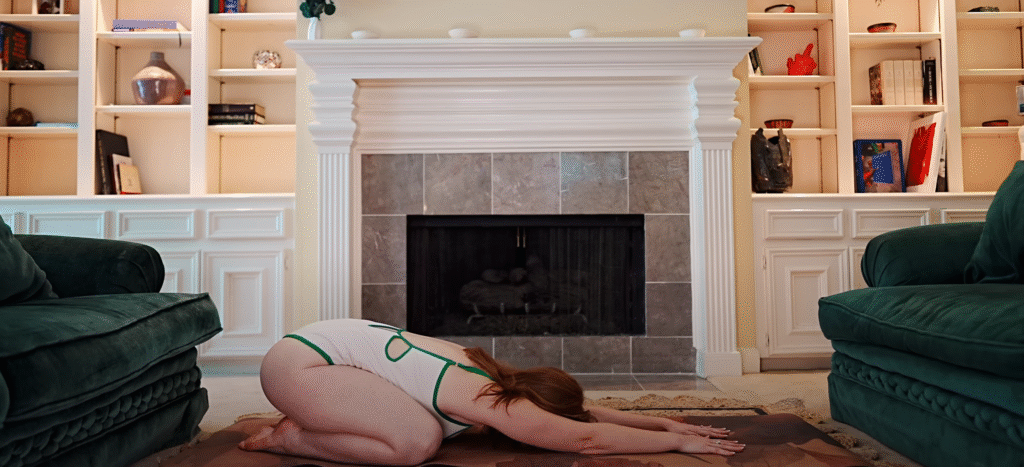
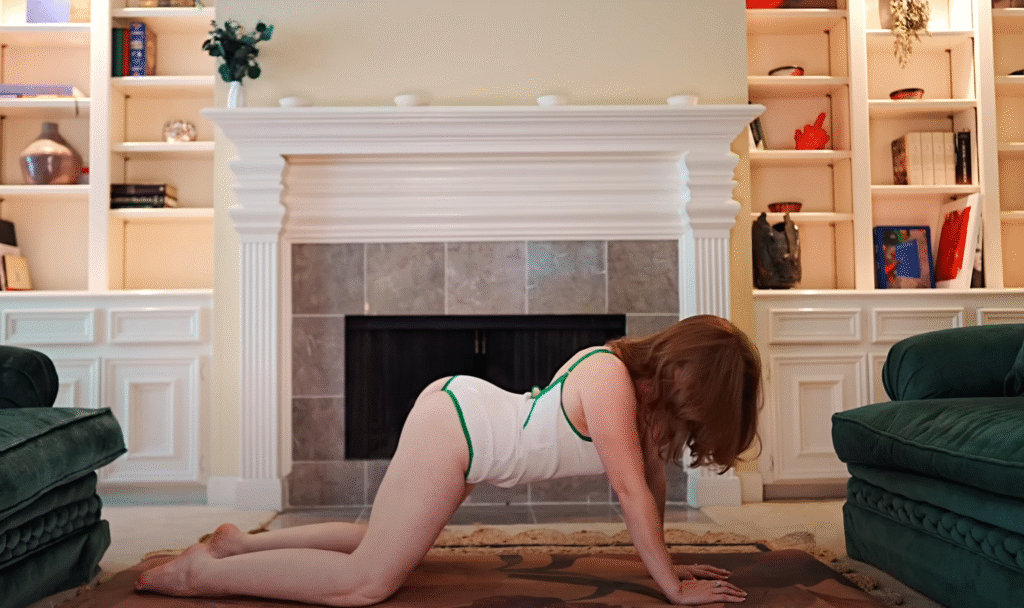
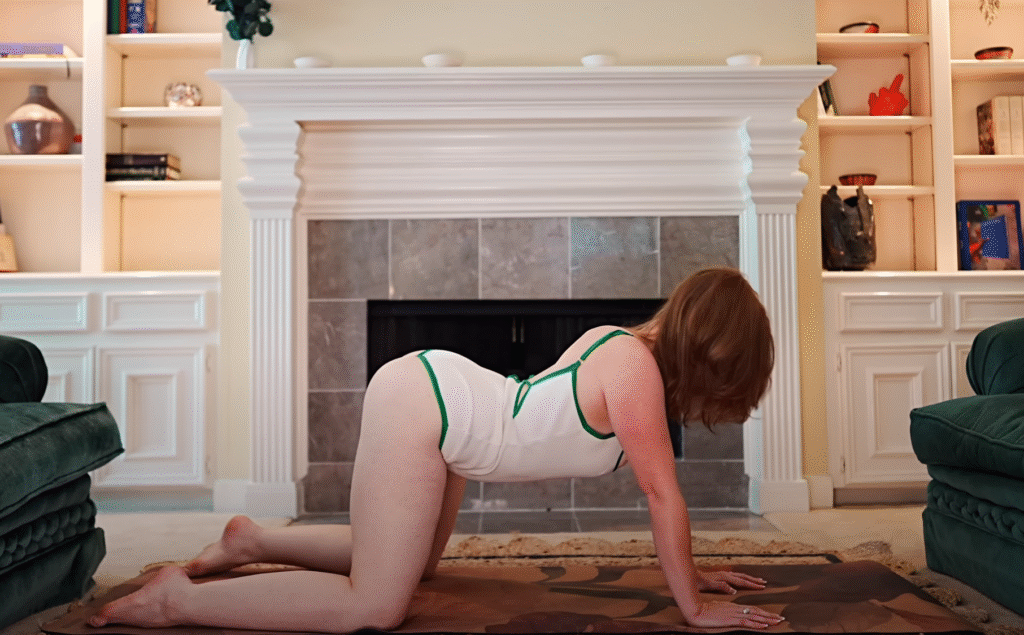
- Step your right foot forward, left knee on the mat.
- Keep your front knee over the ankle, chest lifted.
- Option: place hands on your thigh or raise arms overhead.
- This stretch targets the hip flexors deeply.
4. Lizard Pose (Utthan Pristhasana) – 2 minutes each side
- From the lunge, bring both hands inside your front foot.
- Option to stay on palms or lower to forearms.
- Breathe into the hips, relaxing the back leg.
- This posture creates intensity, so stay calm and breathe steadily.
5. Pigeon Pose (Eka Pada Rajakapotasana) – 3 minutes each side
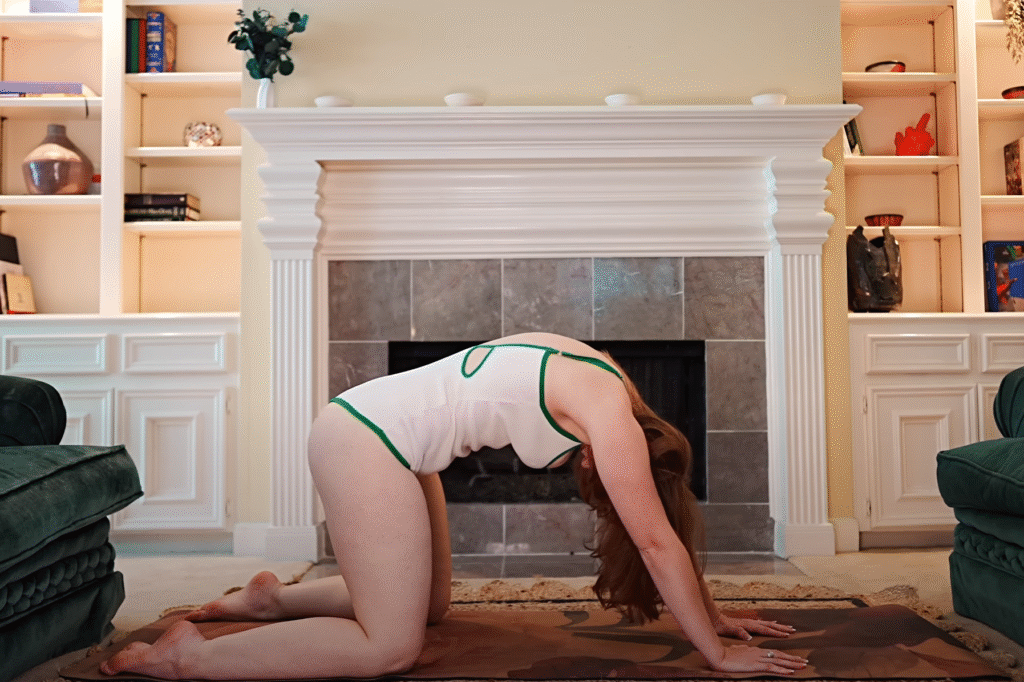
- From downward dog, bring your right knee forward, shin angled across the mat.
- Extend the left leg behind you, hips square.
- Fold forward, resting on forearms or stretching arms out long.
- Focus on releasing into the outer hip and glutes.
6. Happy Baby Pose (Ananda Balasana) – 2 minutes
- Lie on your back, draw knees toward chest.
- Hold the outer edges of your feet, knees bent and wide.
- Gently rock side to side, massaging the lower back.
- This releases tension in the inner hips and spine.
7. Frog Pose (Mandukasana) – 3 minutes
- Kneel on all fours, then slide knees out wide, keeping ankles in line with knees.
- Lower down to forearms, hips sinking back.
- This is an intense stretch for the groin—move slowly and carefully.
8. Supine Spinal Twist – 1 minute each side
- Lie on your back, hug knees to chest.
- Drop knees to one side, arms extended in a T-shape.
- This gently opens the hips and releases the spine.
9. Final Relaxation (Savasana) – 3–5 minutes
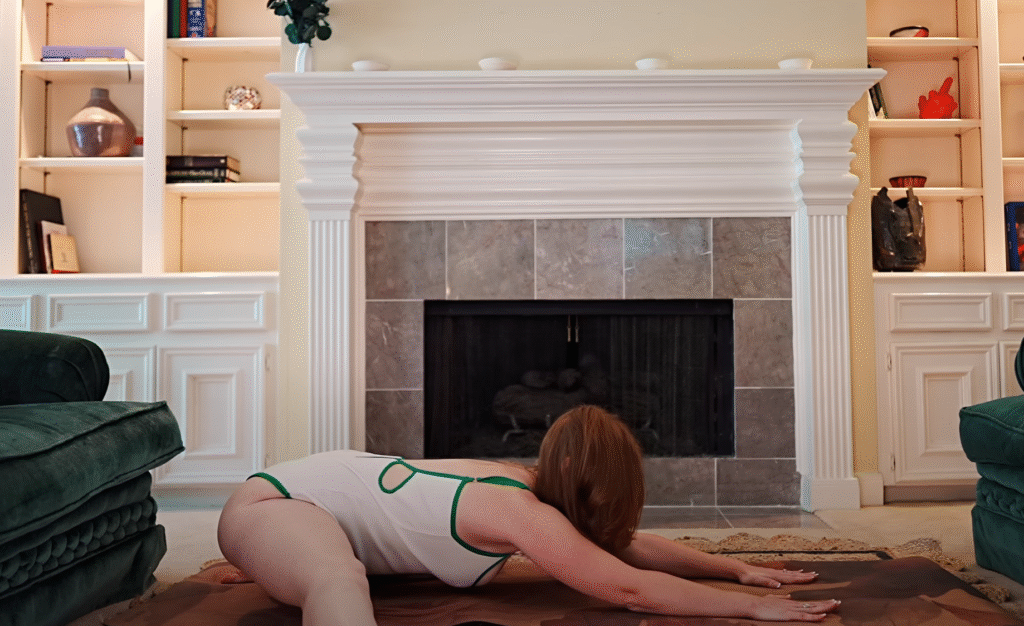
- Lie flat on your back, arms by your side, palms up.
- Close your eyes and breathe naturally.
- Allow the body to absorb the benefits of the practice.
Tips for Success
- Consistency is Key: Practice 3–4 times a week for lasting flexibility.
- Use Props: Cushions, blankets, or yoga blocks provide support and reduce strain.
- Breathe Deeply: Inhale to create space, exhale to release tension.
- Stay Patient: Flexibility develops slowly. Celebrate small progress.
- Balance with Strength: Combine stretching with core and hip-strengthening exercises for stability.
The Emotional Side of Hip Flexibility
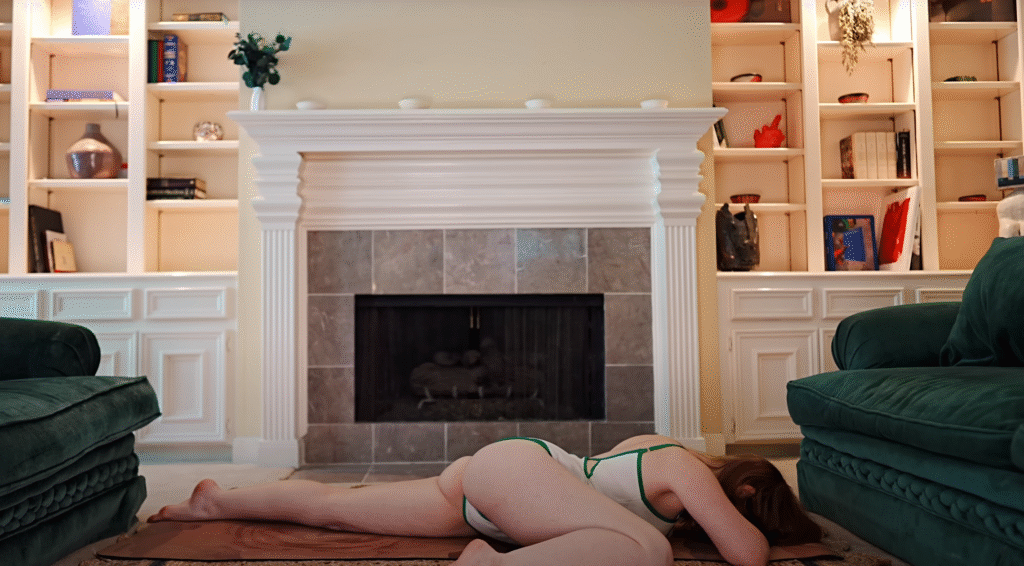
In yoga philosophy, the hips are often linked to stored emotions, particularly fear, sadness, or stress. Many people notice that deep hip-opening poses bring unexpected feelings to the surface. This is natural. By practicing slow stretching, you are not only opening the body but also releasing old patterns and emotional blockages.
Approach your practice with compassion. If emotions arise, breathe through them and allow yourself to let go. The result is not just physical freedom, but also mental and emotional clarity.
The Benefits of Deep Hip Flexibility
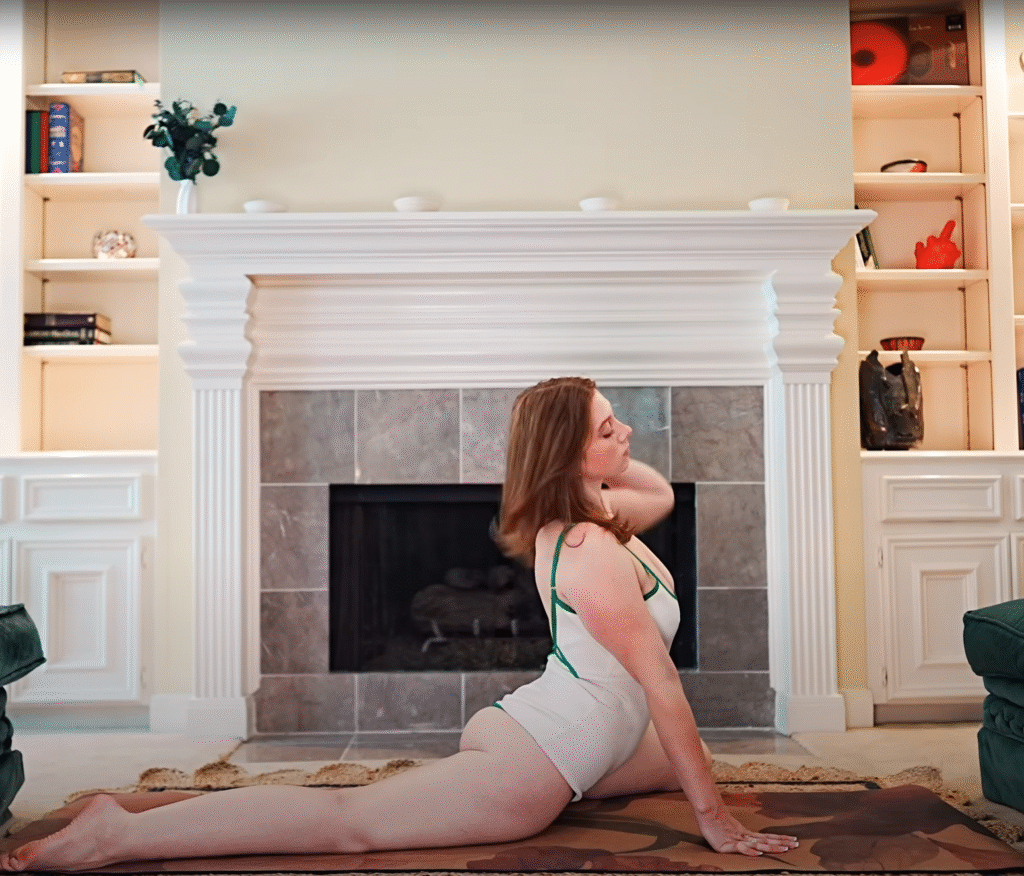
- Improved Posture: Open hips prevent slouching and relieve lower back pressure.
- Better Mobility: Everyday movements like squatting, bending, or climbing become easier.
- Enhanced Athletic Performance: Runners, cyclists, and dancers notice greater efficiency and reduced risk of strain.
- Pain Relief: Hip and back tension often decrease with consistent stretching.
- Mind-Body Harmony: The calm pace of slow stretching balances the nervous system, leaving you relaxed and energized.
Closing Reflection
Slow stretching for deep hip flexibility is not just about physical improvement—it’s a journey of patience, awareness, and self-care. By moving gently and breathing fully, you honor your body’s limits while guiding it toward greater openness. Each session is an opportunity to let go of tightness, both physical and emotional, and to invite more freedom into your life.
The hips, once tight and heavy, can feel spacious, light, and free. And with every slow stretch, you step closer to balance, mobility, and peace.
So unroll your mat, take a deep breath, and begin this journey today. Slow Stretching | Deep Hip Flexibility is more than a practice—it’s a way of connecting with yourself on a deeper level, one mindful breath at a time.
